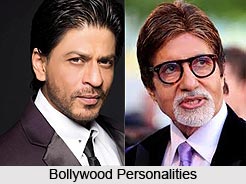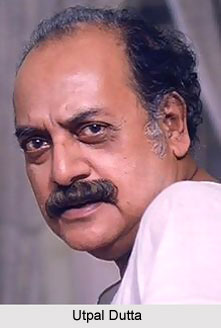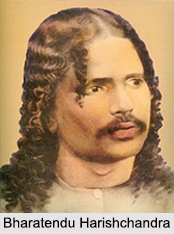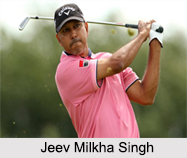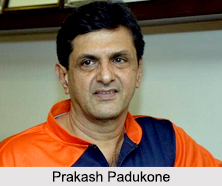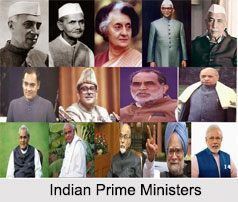Chandra Shekhar Azad is amongst the most significant Indian freedom fighters, who re-established the Hindustan Republican Association, and formed the new Hindustan Socialist Republican Association (HSRA), along with the aid of Bhagwati Charan Vohra, Sukhdev and Bhagat Singh. Azad, the mentor of Bhagat Singh, produced one of the greatest revolutionaries against the British Government during of Pre-Independence era in India. Chandra Shekhar Azad was amongst the young generation of Indians who brought more passion and inspiration into the Indian freedom struggle, particularly when Mahatma Gandhi launched the Non-Cooperation Movement. Azad and his other followers had committed themselves to absolute independence by any means. He was among the most sought after revolutionaries by British police.
Early life of Chandra Shekhar Azad
Chandra Shekhar Azad was born as Chandra Shekhar Tiwari, on July 23rd, 1906, in the village of Bhavra in Jhabua district of Madhya Pradesh. Sitaram Tewari and Jagrani Devi were his parents. His early schooling was in Bhavra. After that for higher studies he went to the Sanskrit Pathashala at Varanasi. He was also dedicated worshipper of Lord Hanuman. Drawn into the national movement at a very young age he was apprehended by the police as a 15 year old student, during his participation in the Non-cooperation movement at Benaras (Varanasi). After a court incident, he gave himself the name Azad, which meant freedom.
The young Chandra Sekhar was intensely disturbed by the Jallianwalabagh Massacre in Amritsar in 1919. After two years in 1921, when Mahatma Gandhi launched No-Cooperation movement, young Chandra Sekhar Azad actively participated in the revolutionary activities. He was caught while indulging in revolutionary activities. During his early teenage years, he received his first punishment. Chandrashekhar Azad was sentenced to fifteen lashes, which he tolerated with pride. From then on Chandra Shekhar Tiwari assumed the title of Azad and came to known as Chandra shekhar Azad.
Revolutionary Life of Chandra Shekhar Azad
Chandra Sekhar Azad was attracted towards more aggressive and revolutionary ideals after non-cooperation movement`s suspension. He was the first to start the revolutionary struggle with arms against the oppressive British rulers. Along with Bhagat Singh and other fellow revolutionaries, Azad started hunting for oppressive British Officials. Chandra Shekhar Azad was involved in Kakori Train Robbery in 1926 and the assassination of the Assistant Superintendent of Police, John Poyantz Saunders, in 1928, attempted to blow up the Viceroy`s train in 1926, and the shooting of Saunders at Lahore in the year 1928, to avenge the killing of Lala Lajpat Rai.
Establishment of Hindustan Socialist Republican Association
Chandrashekhar Azad, often called Panditji, was the founder of Garam Dal. He was the guru for revolutionaries such as Bhagat Singh, Sukhdev, Batukeshwar Dutt, and Rajguru. Along with them, he formed Hindustan Socialist Republican Association. The association was committed to complete Indian Independence and socialist principles for India`s future progress. Chandra Shekhar Azad vowed that he would never be arrested by the British police and would die as free man.
After the death of the core members of the Hindustan Republican Association, Chandrasekhar Azad reorganized the HRA with the help of secondary revolutionaries like Shiva Varma and Mahaveer Singh. He was also an associate of Rash Behari Bose. Azad, along with Bhagat Singh, Sukhdev, and Rajguru, transformed the HRA into the Hindustan Socialist Republican Association in 1927, whose goal was complete Indian independence based on socialist principles.
Establishment of Jhansi Camp
In his very brief life of only 25 years, Chandrashekhar Azad had established a centre of organisation in Jhansi during 1931. He set up a camp for training and shooting practice, near the Orchha forest. It was in Jhansi that he associated with Vishwanath Vaishampayan, Sadashiv Rao Malkapurkar and Bhagwan Das Mahaur, who became vital part of his group. Later Pandit Sitaram Bhaskar Bhagwat and Pandit Raghunath Vinayak Dhulekar also joined the group.
Death of Chandra Shekhar Azad
The British police were desperately searching for Chandrashekhar Azad and wanted to capture him dead or alive. On 27th February, 1931, upon being betrayed by his own colleague, Azad became entangled in a trap set by the British. Even though, Azad fought valiantly, but the police had surrounded him from all sides. Azad preferred killing himself and dying with pride rather than being captured by the british. Thus Chandrashekhar Azad shot himself.
